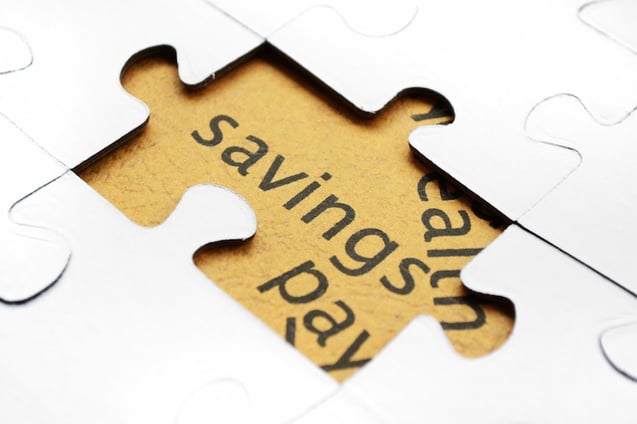
When you think about paying for dental or medical care, your first thought is likely to include the word “insurance.” That’s very common and understandable. Medical and dental insurance have been a part of people’s lives for many years in the United States, and are considered necessities when individuals are mapping out their financial plans.
While dental insurance definitely has its place in a well-designed wellness program, it’s important to understand that alternatives to dental insurance are also available.
Why consider an alternative to dental insurance?
In the case of dental insurance, the benefit of having an insurance alternative available becomes a simple matter of mathematics:
Is the total amount you’re going to pay for adequate insurance coverage, plus the amount you’re responsible for to take advantage of that coverage, less or more than you would pay by using a dental insurance alternative?
Some individuals will find that the combined premiums, deductibles, and copays involved in some dental insurance plans end up costing more over the coverage period than what it would have cost to simply pay out-of-pocket for the same services, or to take advantage of a dental discount program.
Whether you are retired, self-employed, a 26-year-old coming off of a parent's insurance, or an employee without benefits through an employer, it's important to research both dental insurance plans and dental insurance alternatives and make the best decision based on the above equation.
What alternatives are available?
As noted above, two main dental insurance alternatives that are generally available are:
- Paying out-of-pocket for all dental care
- Joining a dental discount program
So how do these alternatives compare?
Paying out-of-pocket for dental care
There’s no way around the fact that dental care can be expensive. However, if your oral health care needs are minimal and your options for appropriate care are reasonably priced, you may find that paying out of pocket is a safe and affordable alternative to dental insurance coverage expenses or a discount plan membership.
On the other hand, if you have significant dental care needs and/or there’s a good chance you’ll need advanced services over the next year, the cost of paying out of pocket can escalate very quickly. Even a single dental emergency, such as a root canal or tooth extraction, can be financially overwhelming. And what you don’t know can hurt you.
Joining a dental discount program
A dental discount program is a savings option, which helps you receive 20%-50% off the full cost of services. A dental discount program requires a monthly or annual membership fee that provides access to participating dentists. Unlike insurance, a discount program won’t include any sort of deductibles, copays, or maximum limits on coverage. Instead, it provides a discount off the retail cost of services through a participating dentist, leaving you responsible for the remaining cost at the time of services.
How do you know which to choose?

The answer to this important question comes down to your personal oral health needs and your ability to pay for the options available.
Whether you have dental insurance coverage through an employer or government agency, or you’re paying out of pocket, it’s ultimately important that you can afford your dental care. To help pay for services, a dental discount plan offers discounts off the full cost of most dental services to fit your budget.
If you’d like to explore how a dental discount plan option works, click the button to learn more.

